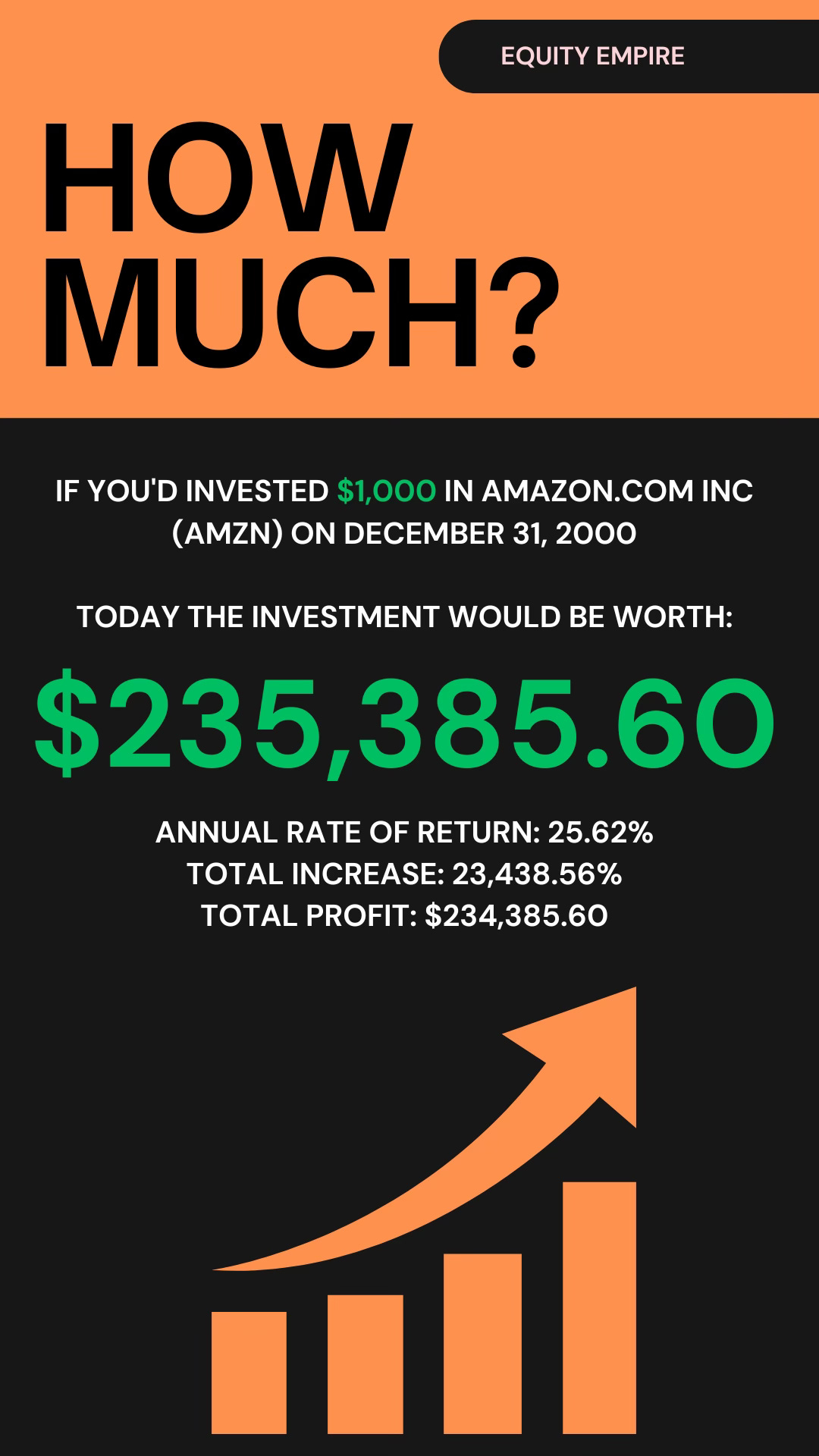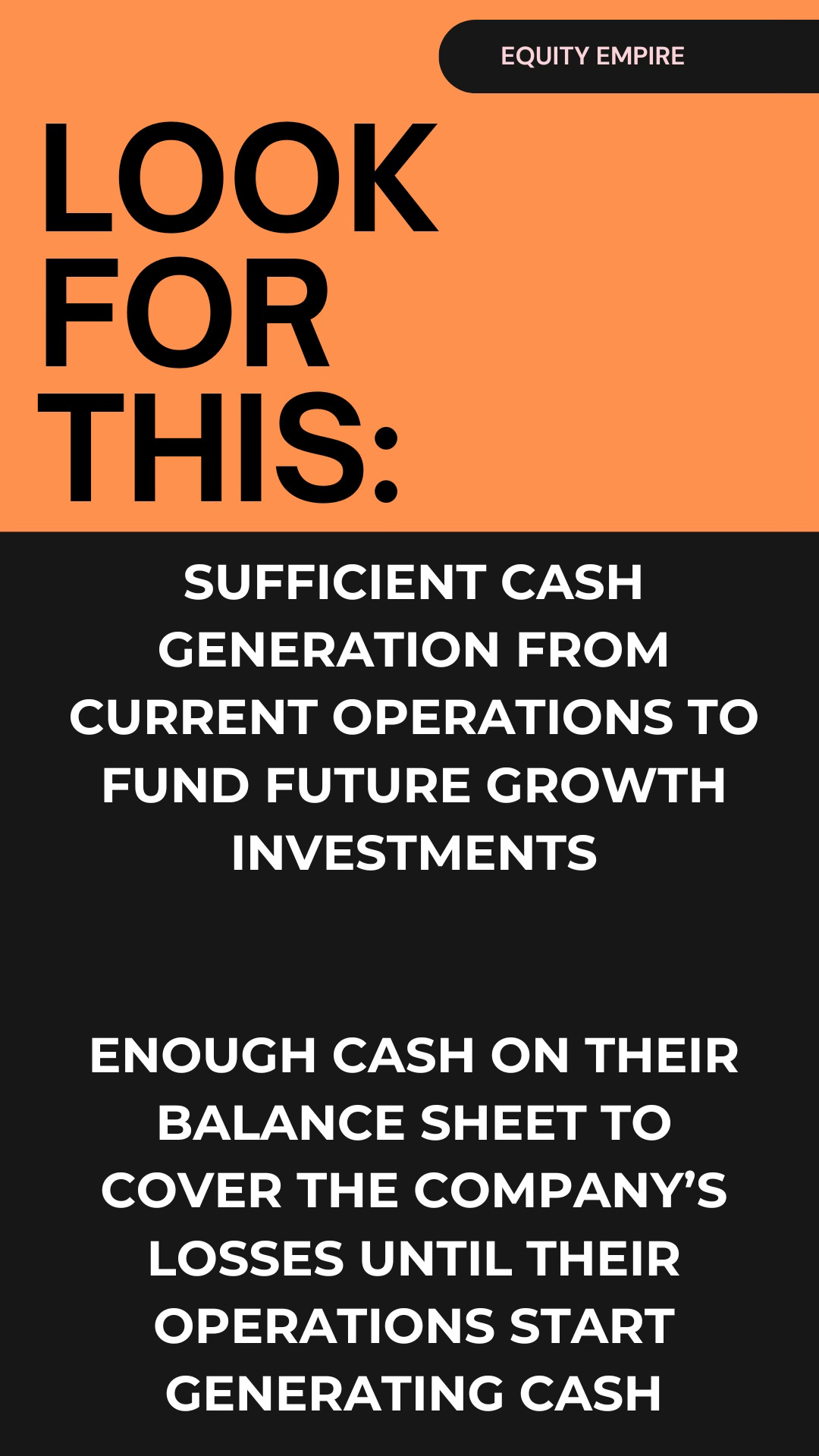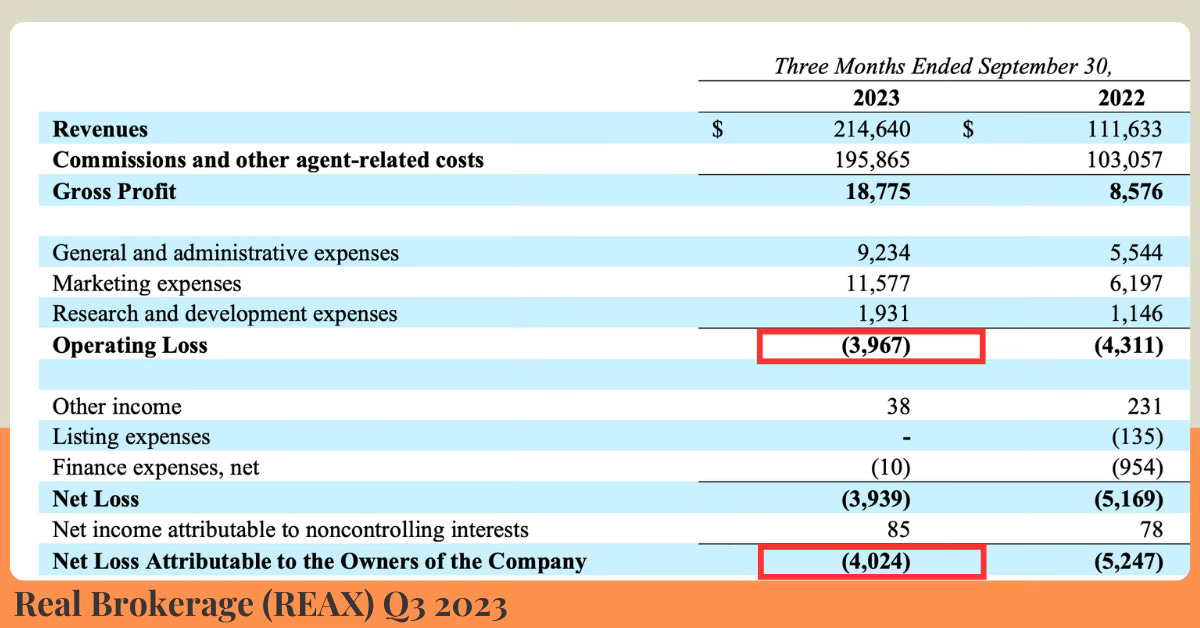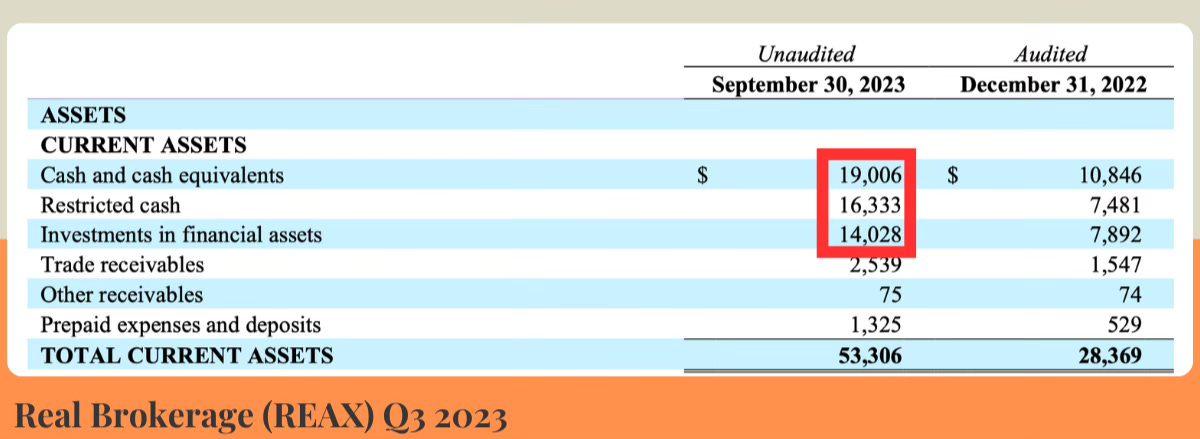How to Avoid the Biggest Mistake That Most Small Investors Make When Buying Low Priced Stocks
Small cap stocks are hot again! YouTubers and Robinhood warriors are pumping the most speculative stocks they can find. So far it's working ... but for how long?
Cyber Monday is one of the biggest retail sales events of the year.
But if you missed the massive Monday markdowns, you can still find some great deals on Amazon all week long.
Due to widespread and increasing customer demand from tech-savvy shoppers like you, Wall Street analysts now expect Amazon’s revenues to approach $500 billion for the full year 2024.
That’s nearly 40% market share of all e-commerce sales in the U.S.
Amazon shares now command a market valuation of more than $2.2 Trillion.
You read that right - - that’s Trillion with a capital “T.”
And Amazon shares are now trading at all time highs.
Amazon AMZN 0.00%↑ has made fortunes for thousands of investors around the world.
Yet few people remember that Amazon barely survived the “Dot Com” bust of 2000-2002.
Amazon was burning through millions in cash every month building out its extensive procurement, warehouse, and distribution network.
And in the year 2000, market observers began to wonder if Amazon had enough cash to fund the company’s sizable operating losses..
Short sellers placed huge bets that Amazon would not survive the bust that would soon decimate hundreds of previously-promising “Dot-Com” startups.
An article on business technology news website ZDNet speculated that Amazon’s cash could run dry by 2001.
Amazon barely survived the Dot Com crash during 2000-2002
But in early 2000, Amazon management saved the company from near extinction by raising $680 million from the issuance of the company’s convertible bonds.
The debt was expensive, but management’s courageous decision allowed the company to raise vital capital just before Wall Street’s funding window slammed shut.
If they had waited just another few months to raise capital, the company would likely not have had enough money to keep the lights on.
Most internet-related startups were not as fortunate as Amazon.
Not long after Amazon raised its much-needed capital, hundreds of former “Dot-Com” darlings would go out of business.
So for every investor that made money investing in Amazon, many hundreds … and more likely thousands of investors would see their paper fortunes go up in flames.
Many of these speculators, sickened by their ride on the stock market roller coaster, would swear off investing in stocks forever.
Fast forward to 2024, and a new generation of investors is gambling on money-losing high tech startups.
Nuclear energy, quantum computing, space travel, and flying taxis are currently all the rage.
These companies have sexy growth stories to tell.
And small investors are feverishly buying into these stories with the hope of accumulating future stock market riches.
But most of these investors are completely unaware that most of these companies are burning through their cash at a rapid rate, much like numerous dot com startups who imploded in the early 2000s.
Today’s aggressive investors either don’t know or don’t care that many of the companies they are investing in will likely need to raise additional capital to fund their product development plans.
All they know is that many of the market’s most speculative stocks have been rocketing higher.
And the higher and faster these stocks climb, the more these investors clamor for them.
FOMO - - the fear of missing out on a chance for quick riches - - is the predominant emotion driving stocks once again.
Now, it is possible that small investor FOMO - - the Fear Of Missing Out - - may continue to drive these stocks higher for a while.
Maybe even for a few months or more.
But similar to the Gold Rush of the 1850’s, Dot-Com bust of 2000-2002 and the SPACE crash of 2021-2022, most of these stories promising the chance to strike stock market gold will never pan out.
That’s because they have mostly unproven technologies.
And even more importantly, most of these companies don’t have enough cash to get them to profitability without massively diluting current shareholders by issuing stock at much lower prices.
As sure as night follows day, Wall Street’s funding window will eventually slam shut once again after the current speculative frenzy fizzles out.
And when it does, only the companies that have ample cash to bring them to the point of operational profitability will survive.
Our primary mission here at Equity Empire is to help you create strategies to build your personal financial empire.
And while it is possible to build an empire buying stock in small, money-losing companies, it is much more probable that you’ll experience something similar to the boom-bust cycles of the past.
The first step in building your future financial empire is to start with a firm foundation - - i.e. avoid the unprofitable companies who do not provide a clear path to future profitability.
Most small investors believe they need to “swing for the fences” to make big money in the stock market.
But smart investors know that you don’t need to take excessive risk to achieve robust investment returns.
I have written lengthy reports on several small company stocks which have achieved exceptional returns during the past 18 months:
Vertiv VRT 0.00%↑ is currently up 248%
Real Brokerage REAX 0.00%↑ is up 155%
Credo Technology CRDO 0.00%↑ is up 117%
Semtech SMTC 0.00%↑ is up 85%
and Camtek CAMT 0.00%↑ shares climbed 167% at their peak just 9 months
While not every stock I write about goes up in price, the performance of the winning stocks I have written about has far exceeded the drag of the losers.
And the common characteristic shared by these winning stocks is that when the initial report was released, each of the companies had either:
Sufficient cash generation from current operations to fund future growth investments
or
Enough cash on their balance sheet to cover the company’s losses until their operations start generating cash
Now, if you already know how to assess these two criteria, your current action plan is to stay disciplined and not veer away from your process.
Take for example Real Brokerage REAX 0.00%↑
I recommended the stock to our premium subscribers when the company wasn’t profitable.
But at the time Real Brokerage had plenty of cash on hand and the company’s outlook made us believe that the company would not be burning through significant amounts of cash.
Meanwhile the company held around $50M in cash - enough to keep the company on path for several years.
Flash forward to today and Real Brokerage is up 155% since we recommended the stock.
Another example is when Colin recommended Toast TOST 0.00%↑ for free on YouTube back in May.
The company was just turning the corner financially and about to churn our profits for investors for the very first time.
Since then shares of Toast TOST 0.00%↑ have risen around 68% in just 7 months.
There’s more that goes into analyzing these small companies. You have to factor in competition, future revenue growth and potential setbacks the companies might face.
If you don’t know how to assess these criteria, there’s no reason to fret.
The Equity Empire team is here to show you what to look for.
( and to provide a few chuckles along the way )
In future reports, Colin and I will walk you through our process of analyzing a company’s balance sheet, current operations, and growth prospects in order to assess the probability of future profitability and accelerating growth.
In each report, we will tap into our collective 50+ years of stock market experience to dig up small company stocks with exceptional growth prospects that have yet to be widely recognized by the investment community.
In other words, instead of hearing about a promising growth stock AFTER everyone is already talking about it…
You’ll have the chance to be the one to share the idea BEFORE your friends have even heard about it.
In the investment world, unless you are the lead dog, the rest of the dogs all have the same view 😳
Secure your position as the lead small company stock dog by making Equity Empire the staple of your financial education diet.
John











